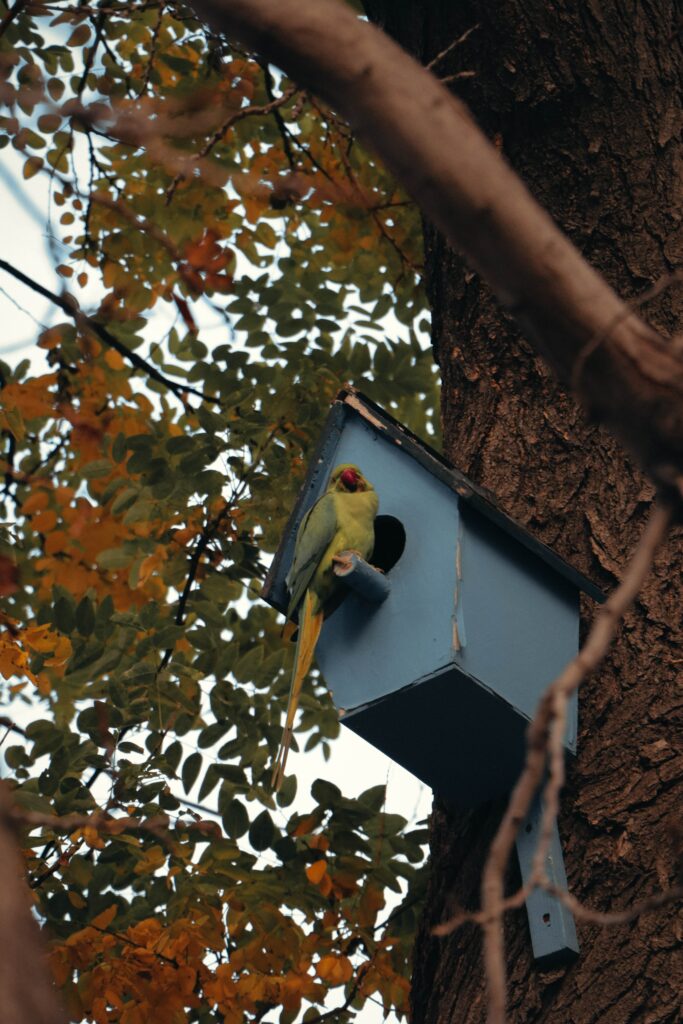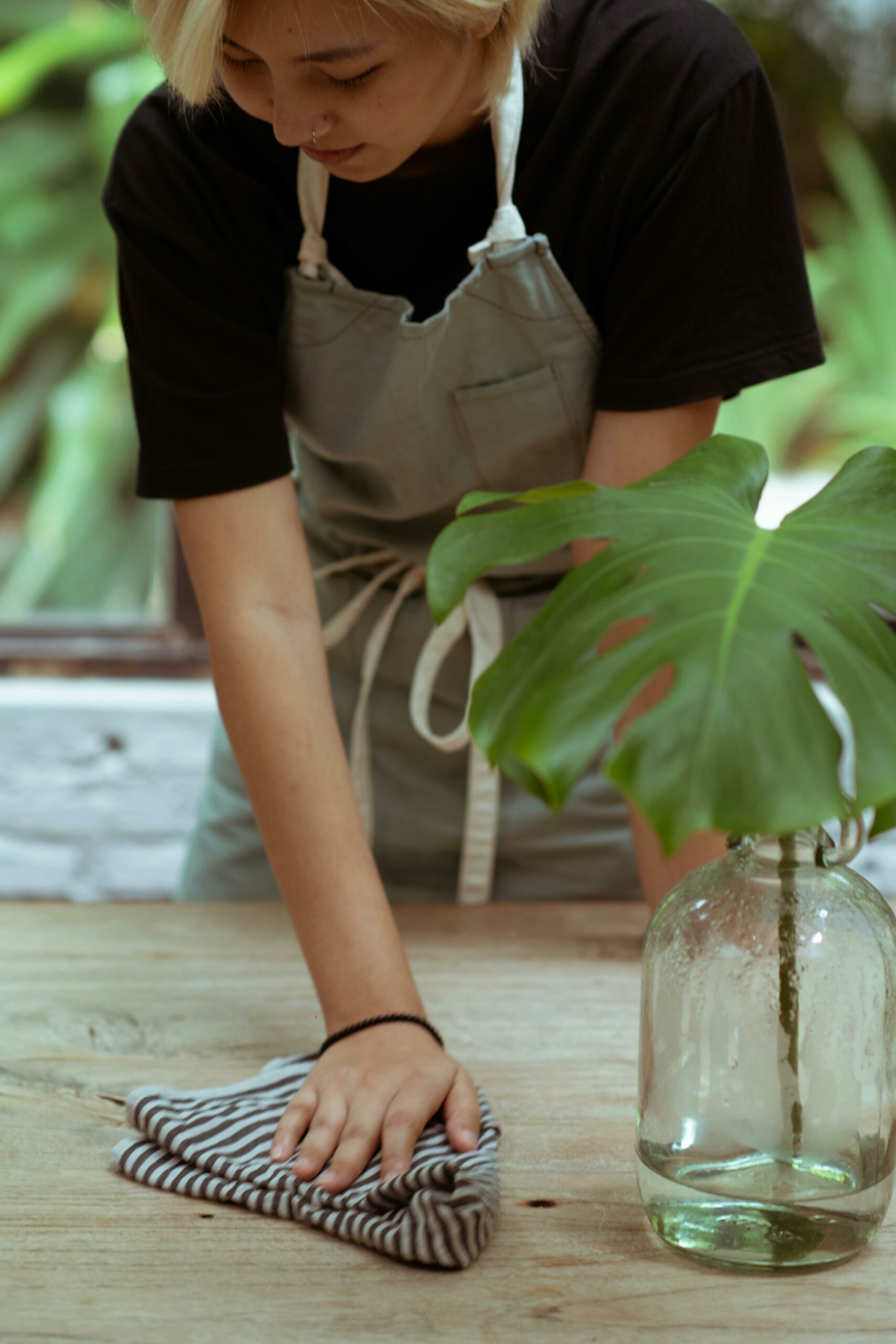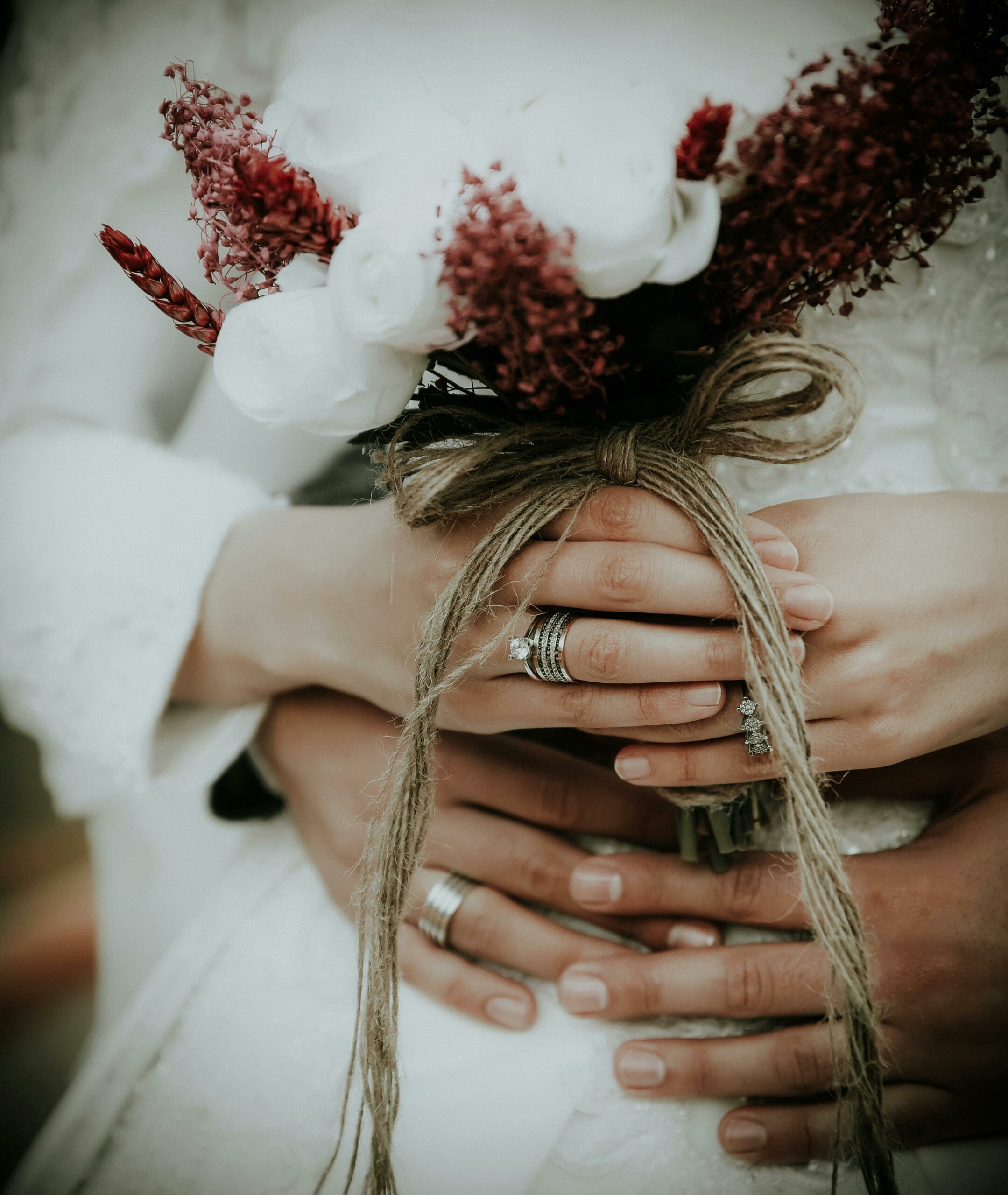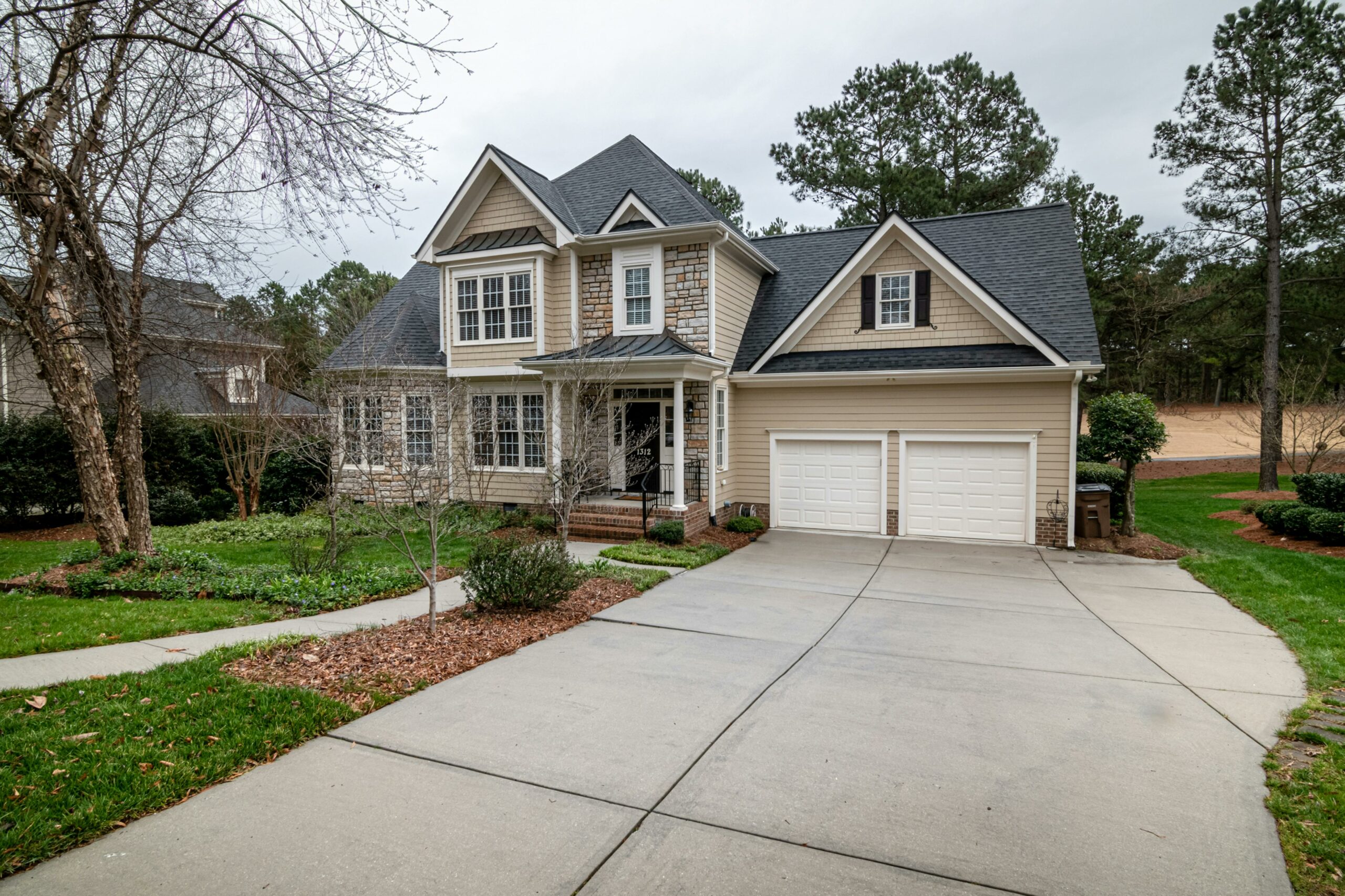Welcome to the world of avian enchantment right in your backyard! There’s something profoundly enchanting about nurturing a flourishing ecosystem that’s not only a feast for the eyes but also a haven for our feathered friends.
If you’re yearning to transform your garden into a bird paradise, we’ve got you covered with this comprehensive guide. In this journey, we’ll dive deeper into each step, unveiling the secrets of creating a harmonious space for both you and your avian companions.

Choose Native Plants: Nurturing Local Flora
When you decide to transform your garden into a bird paradise, the journey begins with a deep appreciation for your local flora. Native plants are your closest allies in this endeavor. They have a unique synergy with local bird species, serving as a natural source of food and shelter.
By cultivating native plants, you’re essentially inviting your local bird population to your garden for a feast and a homecoming.
But what exactly are native plants? These are the plants that have evolved over time in your specific region. They’ve developed a harmonious relationship with the local climate, soil, and wildlife.
When you choose native plants for your garden, you’re creating a seamless transition from the wild to your backyard.
Imagine the delight when birds recognize familiar blooms and abundant seeds. They’ll feel right at home, making your garden their go-to spot for sustenance and nesting.
To identify native plants for your area, consult local gardening resources, visit native plant nurseries, or reach out to your local gardening club for recommendations.
Diverse Plant Selection: Nature’s Symphony Unleashed
Now that you’ve embraced the beauty of native plants, let’s take diversity to the next level. Think of your garden as a living orchestra, with each plant playing its unique tune. Plant a vibrant array of species that bloom at different times throughout the year.
This ensures a continuous supply of nectar, seeds, and fruits to tantalize the taste buds of your feathered guests.
Begin with early bloomers like native wildflowers and shrubs in the spring. As the seasons progress, introduce mid-summer and fall-blooming varieties to keep the avian action going.
Not only does this provide a consistent food source, but it also transforms your garden into an ever-changing canvas of colors and fragrances.
Consider mixing tall trees, medium-sized shrubs, and groundcovers to create distinct layers within your garden. This mimics the natural landscape and attracts a wider variety of bird species. Each layer offers different opportunities for feeding, nesting, and shelter.
Provide Shelter: Creating Safe Havens
In the hustle and bustle of our gardens, it’s essential to carve out peaceful retreats for our feathered friends. This is where birdhouses and nesting boxes come into play. Picture them as cozy Airbnb accommodations, but for birds.
Different bird species have different tastes in their homes. Some prefer nesting boxes with small entry holes, while others opt for open-fronted designs. Research the local bird species in your area to determine which types of accommodations are best suited for your garden.
Strategic placement is key when it comes to offering shelter. Position your birdhouses and nesting boxes in quiet, protected spots within your garden. Birds value privacy and security, so avoid placing them in high-traffic areas.
Learn and Observe: Become a Bird Whisperer
To truly connect with the avian inhabitants of your garden, become a dedicated observer. Invest in a good field guide and a pair of quality binoculars to enhance your birdwatching experience.
Spend time in your garden, observing the behaviors, personalities, and preferences of the birds that visit. Note their feeding habits, their interactions with other birds, and their favorite perching spots. By understanding the unique needs of your feathered guests, you can tailor your garden to better accommodate them.
Consider keeping a bird journal to record your observations. Invest in the best camera to watch bird feeders and take pictures of the birds in your garden.
This will help you create a personal catalog of all the different species that visit your space, as well as a keepsake to reflect upon for years to come.
Fresh Water Source: Quenching Thirst and Refreshment
Just like us, birds need a reliable source of fresh water to quench their thirst and maintain their plumage. A birdbath or a small pond can be a game-changer in your garden. It’s not only functional but also a delightful centerpiece for your avian guests.
Choose a birdbath with a shallow basin, as it’s safer for birds. Add a gently sloping edge to allow birds to wade in comfortably. To keep the water clean and safe, install a small pump or a solar-powered aerator to prevent stagnation and mosquito breeding.
Seed Selection: A Culinary Extravaganza
Feeding birds isn’t just about scattering seeds randomly. It’s about curating a culinary experience that caters to a diverse clientele of birds. Different species have different preferences when it comes to seeds, so it’s essential to offer a varied menu.
Common bird seed options include sunflower seeds, millet, and suet. Sunflower seeds, both black oil and striped varieties, are particularly popular among a wide range of bird species. Millet is a favorite among sparrows, while suet is a high-energy treat adored by woodpeckers and chickadees.
To take your bird feeding game to the next level, consider offering specialized foods like nyjer (thistle) seeds for finches or sugar water for hummingbirds. Research the birds native to your area to tailor your offerings to their tastes.
Bird-Friendly Landscaping: Craft a Natural Paradise
Creating a bird-friendly garden involves more than just planting flowers and installing feeders. It’s about designing a holistic environment that mirrors the diversity of nature.
To achieve this, incorporate the following elements into your garden:
- Rocks and Stones: Place rocks and stones throughout your garden to mimic natural landscapes. Birds use them for perching and foraging. Boulders and pebbles also help with water drainage and create microclimates for a variety of plants.
- Fallen Logs and Brush Piles: Fallen logs and brush piles create a treasure trove of hiding spots and foraging opportunities for birds. As these organic materials break down, they enrich the soil and support a thriving ecosystem of insects and microorganisms, further enhancing your garden’s appeal to birds.
- Low-Growing Plants: Ground covers and low-growing plants serve as important nesting sites for ground-feeding birds like sparrows and quail. They also provide essential cover for small mammals and insects, attracting a broader range of wildlife to your garden.
- Wildflower Meadows: Consider dedicating an area of your garden to wildflowers. These natural meadows attract a multitude of pollinators and insects, which in turn draw insectivorous birds like warblers and flycatchers.
Creating a bird-friendly garden is an incredibly rewarding experience. By providing the right elements, you can turn your backyard into a paradise for these feathered friends – and a perfect spot to bask in their beauty and charm.
So, get to work transforming your garden into an oasis of nature’s own design!





